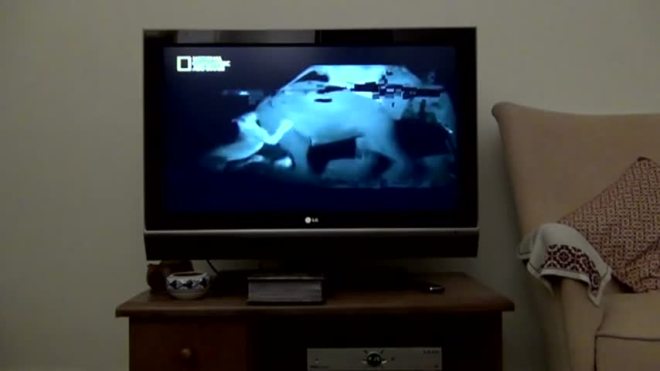
Ozgun Eylul Iscen’s abstract for the panel “Generativity and Creative Agency in Post-Cinematic Media” at SLSA 2016 in Atlanta:
Indexicality as “Shadow Archive” in Post-Cinema
Ozgun Eylul Iscen, Duke University
If technical infrastructures are no longer homogenous with surface appearances in the era of computerized and networked media, how can we reach out to the structures that are not available to us immediately but that underlie the very constitution of the digital image itself? Can a digital image become an index of its own mediation? In this paper, I draw upon Akira Mazuta Lippit’s notion of the “shadow archive” (as inspired by Derrida); the concept underlines an accumulation of accidental recollections and enfolded traces at the edge of visibility, thus taking the form of “avisuality.” I propose that the notion of shadow archive could play a key role in mapping out the diverse layers of digital processes that act while remaining invisible. This raises questions about whether it is possible to trace back those layers, what kind of aesthetics would be called for, and what the political significance would be. For instance, glitch, as an error within a digital image, can be indexical of an ‘accident’ in hardware or in the material infrastructure (e.g. electricity). While the visibility of a digital image deteriorates, the invisible but constitutive elements of the image come to the surface. Thus, glitch reminds us of digital information’s analog roots, confronts the apparent perfectness of the digital, and reveals both the materiality and the ideology that digital media are built on. I argue that this understanding of indexicality as a shadow archive underscores digital imagery’s analog roots and its processual and immanent nature.
0 thoughts on “Indexicality as “Shadow Archive” in Post-Cinema — Ozgun Eylul Iscen”